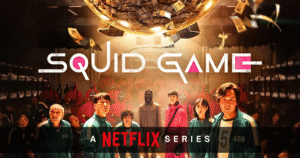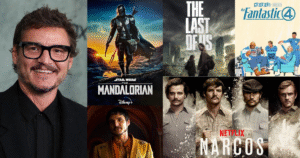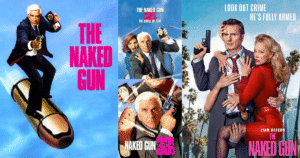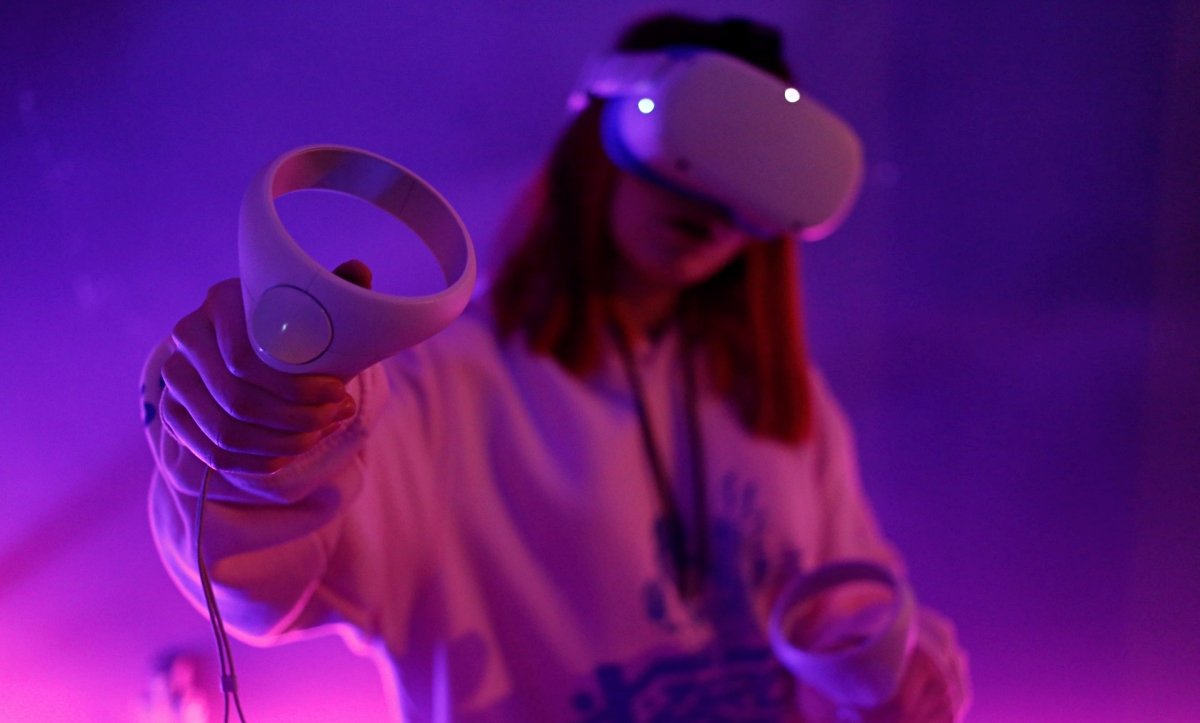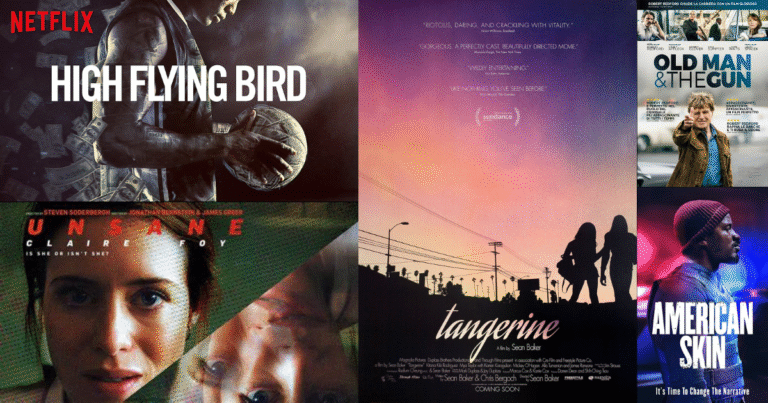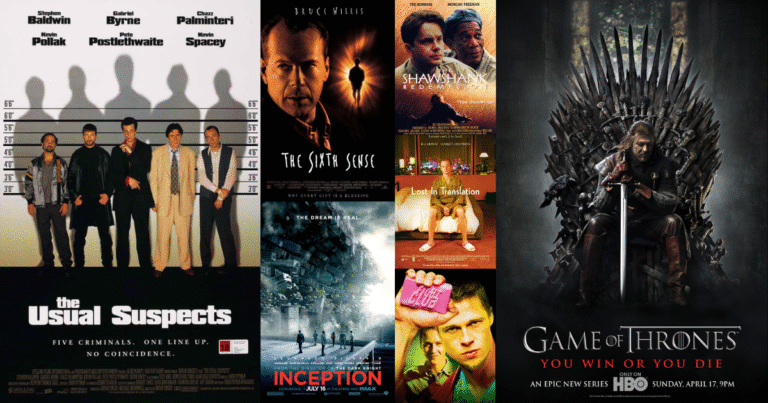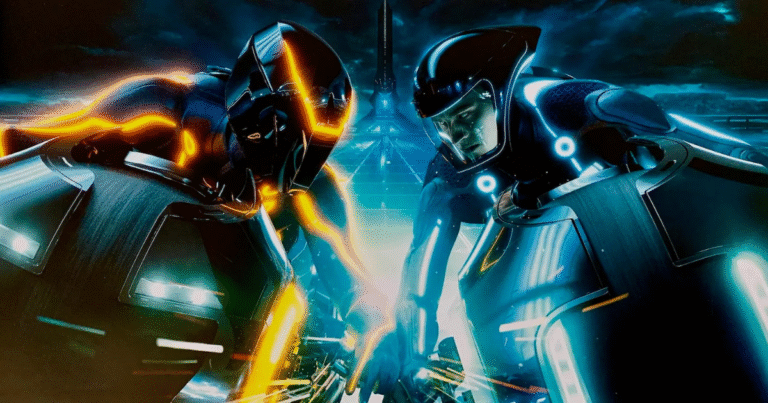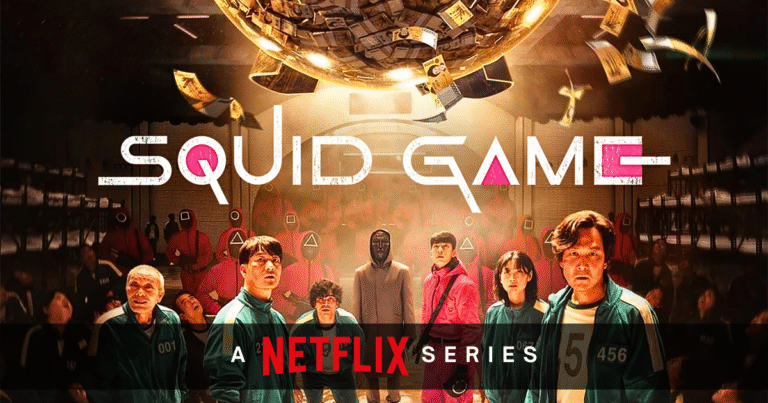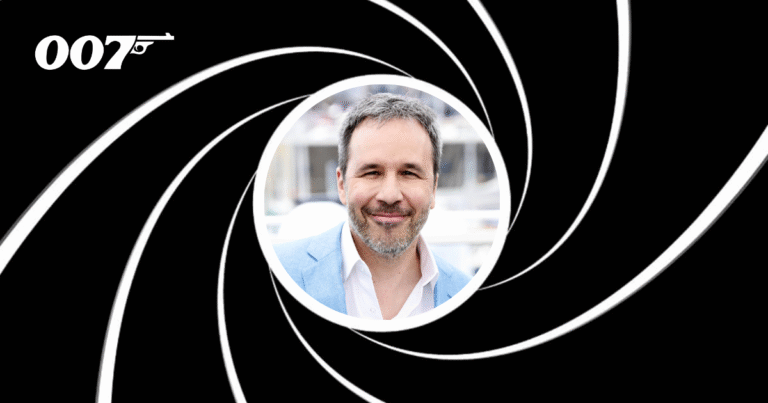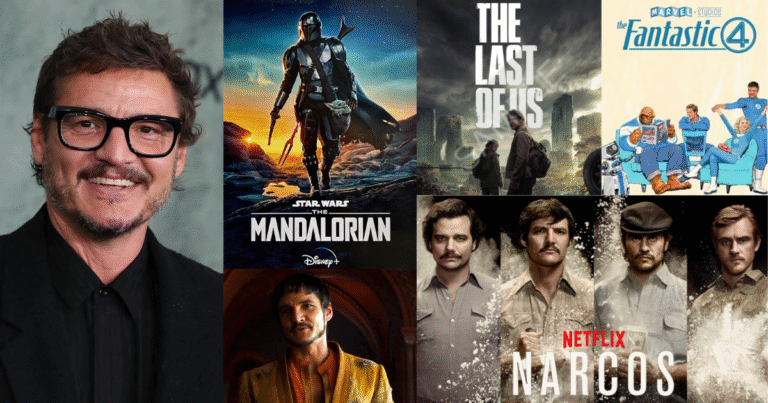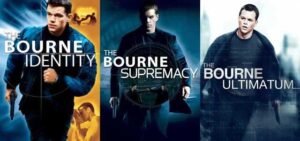Imagine sitting in a dark theater. The lights dim, the screen lights up, and a story unfolds in front of you. Now, imagine stepping into that story, walking through the same streets as the characters, hearing the dialogue from right beside them, and looking around freely as the world comes to life. That’s the power of virtual reality (VR), and it’s beginning to change how we think about movies altogether.
In this article, we’ll explore how virtual reality is transforming the future of storytelling in cinema. We’ll cover the benefits, challenges, and real-world examples of how VR is pushing creative boundaries and giving audiences a whole new way to experience stories.
What Is Virtual Reality in Film?
Virtual reality in film isn’t just about strapping on a headset to watch a 3D movie. It’s an immersive experience where viewers are placed inside a fully interactive world. Unlike traditional movies where the camera guides your focus, in VR you can look in any direction, which shifts how stories are told and experienced.
VR films can be 360-degree videos where viewers remain passive observers, or fully interactive narratives where your actions and gaze influence what happens next. The key difference is that instead of watching a story unfold from the outside, you’re part of it.
A New Perspective on Storytelling
In traditional filmmaking, directors carefully frame each shot. Every cut, angle, and transition is designed to control your attention. But VR removes those boundaries. It’s no longer about directing the viewer’s eye, it’s about building an environment they can explore.
This shift forces filmmakers to think differently. They need to design spaces, not scenes. Characters might have to deliver key dialogue multiple times from different angles, because you never know where the viewer is looking. That adds complexity, but also opens new creative possibilities.
For example, a VR film might let you walk around a crime scene and uncover clues at your own pace. Or you might sit across the dinner table from a character during an emotional moment, feeling like you’re part of the conversation. That kind of emotional closeness is tough to achieve in traditional formats.
Real-World Examples of VR in Movies
Some pioneers are already experimenting with virtual reality filmmaking.
“Dear Angelica” by Oculus Story Studio is a heartfelt VR animation that floats around you like a dream. Instead of fixed shots, the visuals grow and shift as you listen to the narration.
“Carne y Arena” by Alejandro G. Iñárritu places you in the desert with migrants crossing the U.S.-Mexico border. It’s a powerful and emotional experience, far beyond what you’d feel watching a standard documentary.
These projects show how VR can offer more than entertainment, it can create empathy. By stepping into someone else’s shoes, even virtually, you understand their world on a deeper level.
Challenges Filmmakers Face with VR
While the potential is huge, making VR films isn’t easy. Here are a few big hurdles:
1. Viewer Attention:
When viewers can look anywhere, how do you make sure they don’t miss important moments? Filmmakers have to guide attention through sound, movement, and lighting instead of traditional cuts.
2. Story Flow:
VR films often struggle with pacing. In a regular film, the director controls the timeline. In VR, people explore at their own speed, which makes it harder to build suspense or deliver a punchy climax.
3. Technology Barriers:
VR headsets are getting more affordable, but they’re still not as common as TVs or smartphones. That limits the audience size for now.
4. Budget and Skills:
VR productions require a different set of skills, like game design, animation, and 3D modeling. That makes them more expensive and time-consuming than most indie films.
Why Audiences Should Be Excited
Even with the challenges, there’s a lot to be excited about.
For one, VR makes storytelling more personal. You’re not just watching a hero’s journey, you’re living it alongside them. That connection can make emotional scenes hit harder and action scenes feel more intense.
VR also opens the door to non-linear storytelling. Imagine a mystery where each viewer uncovers the truth in a different order, or a romance where you choose how to interact with the characters. It’s like combining film with a video game, without losing the heart of the story.
And as technology improves, the gap between filmmakers and audiences will shrink. Instead of being a passive viewer, you become an active participant. That changes how we connect with stories, and maybe even how we understand each other.
The Future of VR and Movies
We’re still in the early days of virtual reality cinema. Most people haven’t tried a VR film yet. But just like silent films gave way to talkies, and black-and-white to color, the shift to immersive storytelling is already underway.
In the future, we might see full-length VR movies in theaters or at home. We might attend virtual film festivals where viewers from around the world walk through the same digital space. Or we might get personalized stories where each choice we make changes the outcome.
For filmmakers, VR offers a fresh canvas. For audiences, it offers a more meaningful way to connect with stories. It’s not about replacing traditional movies, it’s about giving us one more powerful way to experience them.
So the next time you watch a movie, ask yourself: what would it be like if I were inside that story? Thanks to VR, that question isn’t just a dream. It’s the next step in cinematic evolution.
